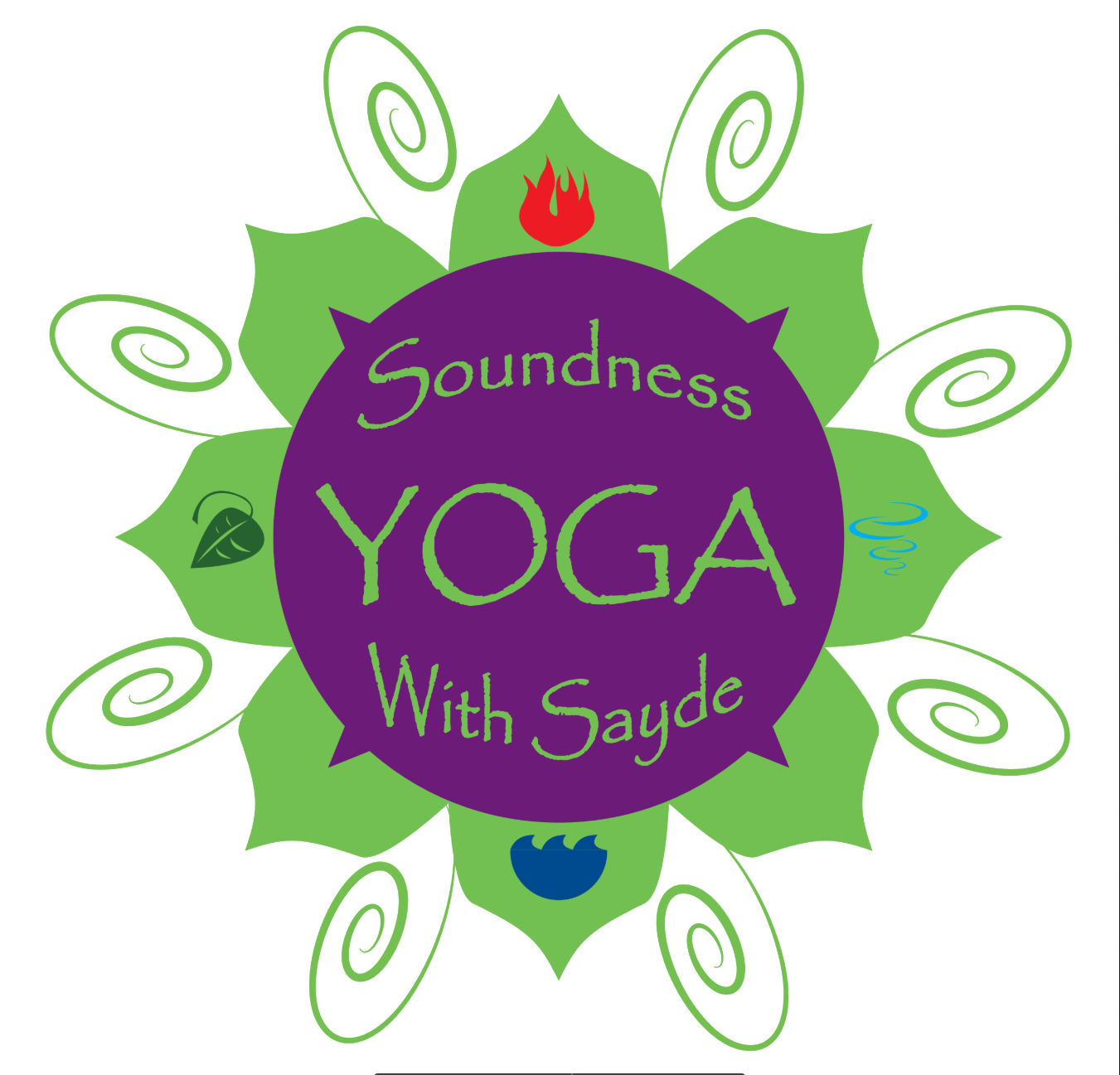Yoga vs. Pain
Yoga attacks multiple systems.
Yoga therapy allows for interoception that “facilitates the inhibition of maladaptive forms of cognitive, emotional, and behavioral output as well as autonomic output associated with stress. Efficiency improves the communication and flexibility between brain and bodily systems to inform behavioral output.”(1) In short, yoga decreases allostatic load on the brain and heart, in the body’s cells, and in our relationships.
Yoga makes us healthier
Studies of pain in patients “have found exposed individuals to show a general pattern of up-regulated expression of pro-inflammatory genes and down-regulated expression of innate antiviral and antibody-related genes,”(2) while yoga reverses inflammation plus builds physical and psychoemotional resilience to face infection and fear.
Yoga makes us happier
Physically: releases tight muscles, restores movement.
Emotionally: builds pro-social behavior, addresses emotions as states of being.
Mentally: bottom-up regulation reconnects to parasympathetic nervous system and top-down enhances regulation as lessens reliance on medication.
Spiritually: contentment faced as a condition instead of a goal, patient more than a body of pain.
1 Cole, S. et al, (2015). Loneliness, Eudaimonia, and the Human Conserved Transcriptional Response to Adversity. Psychoneuroendocrinology.
2 Gard, et al, (2014). Potential Self-Regulatory Mechanisms of Yoga for Psychological Health, Frontiers in Human Neuroscience.

